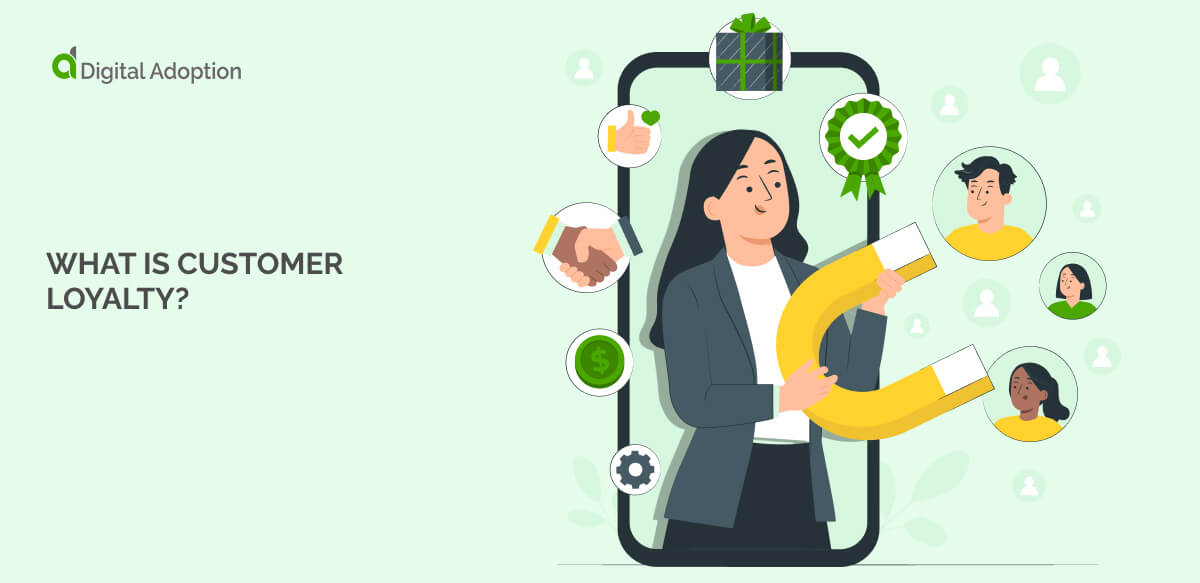What is customer loyalty?
Customer loyalty is a customer’s commitment to a particular brand, product, or service. It is demonstrated through repeat purchases, continued engagement, and a positive attitude towards the brand. Loyal customers often become brand advocates, recommending products and services to others.
Customer loyalty is vital for sustained revenue in business. Devoted customers are more likely to engage in long-term relationships, reducing the cost of acquiring new customers. This is especially valuable when forecasting the adoption of a new product, as loyal customers are more likely to try and support new releases.
Loyalty can be achieved by delivering successful strategies and best practices for transforming customer continuity across all touchpoints.
Businesses that effectively build and maintain customer loyalty often see higher customer retention rates and more stable market positioning. This makes it a key component in any long-term strategy for growth and market dominance.

